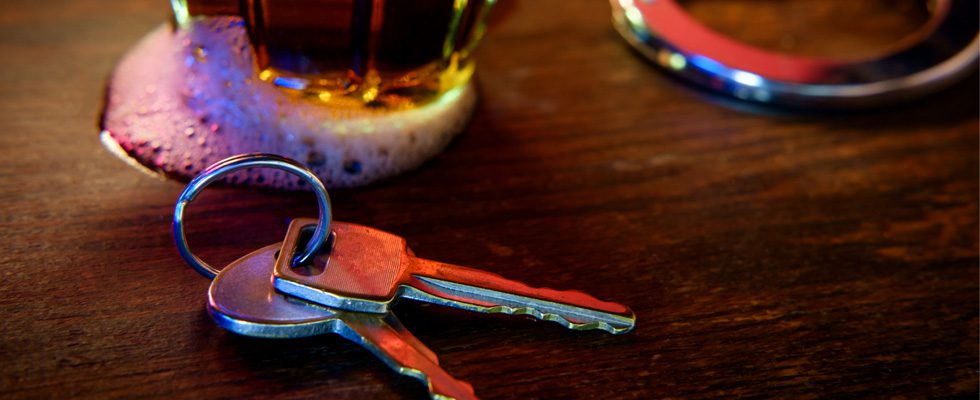A driving under the influence charge – or DUI – is a serious legal charge that can severely impact you and your driving record. But with the right knowledge, through preparation, and solid defense, those implicated can severely lessen or wholly avoid serious charges in court – and the key to this is knowing how the police investigate DUI’s.
So how exactly do the police investigate a DUI case?
First, it’s important to know that all officers are trained to investigate DUI cases according to the National Highway and Traffic Safety Administration (NHTSA) Manual. This manual helps officers understand the effects of alcohol on the body and how to write reports, testify, and communicate the results of their investigation to a judge, jury, or prosecutor.
Phase One: Vehicle in Motion
Prior to being pulled over for suspected intoxication, officers will initiate the vehicle in motion phase. During this phase of the investigation, the police are trained to observe potentially erratic driving behavior, and are looking for swerving or traffic offenses, like speeding or failure to signal a turn. This phase can be helpful to you because good driving behavior – or lack of bad driving behavior – recorded in the officer’s report or video can serve as evidence to discredit the officer’s case.
From there, the formal investigation takes place in three more stages:
Phase Two: Personal Contact Phase
At this point in the investigation, the officer has pulled you over, approached your vehicle, and contacted you. The officer will begin to observe smells, sights, and sounds that might be indicators of intoxication or impairment to get you to implicate yourself. Remember: anything you say – or the way that you say it – can be used against you in a court of law. Officers will often ask questions to confuse or fluster you, and again, cause you to potentially implicate yourself. It is important to remain as calm and composed as possible; answer the officer’s questions to the best of your ability and remain compliant.
Phase Three: Field Sobriety Testing
Following the personal contact phase, the officer will then conduct a standardized field sobriety campaign. The officer will likely administer three standard tests during this phase:
1. Horizontal Gaze Nystagmus (HGN) Test or “Pen Test”– Prior to administering the HGN test, the officer will evaluate your eyes, looking for eye stability, equal pupal size, and equal tracking. Then, the officer will hold a small object 12-15 inches from your nose and slowly move it from one side to the other and instruct you to follow the object with your eyes while keeping your head still.
2. “Walk and Turn” – The officer will then conduct a “Walk and Turn” test or a balancing test. You will be instructed to walk along a line, turn around and return without stumbling.
3. “One Leg Stand” – The officer will instruct you to stand on one leg without using your arms for balance, swaying, or placing your foot down.
Phase Four: Chemical Test
This is the last phase of the officer’s investigation, and their end game. Officers who complete this phase of the arrest can determine if your Blood Alcohol Level (BAC) is above the legal limit. Juries are likely to believe this type of evidence, and though it is assailable, it is a crucial part of the police investigation.
At Gustitis Law, we hope to provide people who have been implicated by the criminal justice system with hope by sharing our knowledge. Stephen Gustitis is a Texas Board Certified Criminal Defense Attorney with more than 27 years of experience practicing in the Bryan-College Station Area.
Have questions about DUI investigations or Gustitis law? Contact us 24 hours a day at 979-823-9111 or send us a message here.







